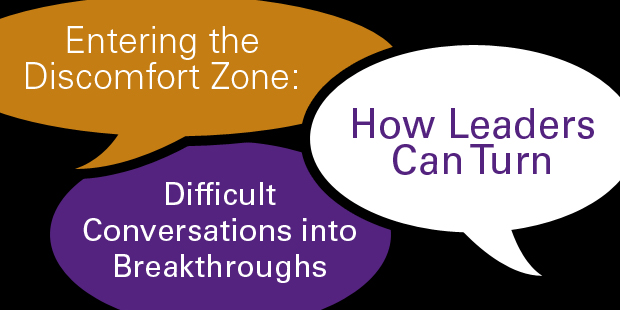
7 Ways to Help Your Team Find Rhythm and Energy
The quickest way to destroy a team is to burn them out. And you don’t have to look around the field of ministry very long to realize that the ministry is filled with burned out leaders. But it’s possible to find a healthy working rhythm and ultimately increase the effective energy with which your leaders serve without causing them to burn out.
Every minute of every day we are using up energy, and every person has a limited amount of energy. If we keep the pace high all the time, we use up the energy people have to give like the way a car with its lights left on will wind up with a dead battery.
This is especially true in times when your ministry is growing. Growth brings change, change brings problems, and problems consume a lot of emotional, physical, and spiritual energy from your leaders.
Here are seven ways to discover a good working rhythm and raise the energy level of your team.
1. Don’t expect every leader to work at the same energy level all the time.
We are all unique, and every leader serving in your ministry is wired differently. Some need more quiet and rest than others. Some work better in organized chaos while some need no chaos at all. At Saddleback, we try to hire workaholics and then force them to calm down and find a rhythm.
2. Be sensitive to external drains on energy and compensate appropriately.
Sometimes leaders have big issues and seasons of transition in their personal lives that affect the amount of energy they’re able to pour out. From health crises to marital crises to pregnancy and new babies, leaders often need time to concentrate on specific family issues.
3. Plan your year in energy cycles.
At Saddleback, we typically move through two major growth campaigns in a year. In the spring and in the fall, we set aside around eight weeks per year when we really focus on adding more small groups and really pushing people to invite their unchurched friends to some big days. Easter, Mother’s Day, and Christmas are all big days for us, as well as special events that surround some of the global issues we’re addressing.
Between campaigns and holidays, we regroup. Most years, we close our offices between Christmas and New Year. Newspring Church and Northpoint Church usually cancel their post-Christmas Sunday services to give their thousands of volunteers a breather. It’s okay that some weekends are intentionally designed to consume less energy than others.
4. Allow staff members to have flexible schedules.
We don’t watch the clock. We watch results. When staff members travel for church-related events, we want them to take a day of rest afterward. When they have evening meetings, we want them to come in later the next day. My mentor, Peter Drucker, said, “Empasize results, not activity.” Some of our pastors work four or more services per weekend, so we want them to have a day off during the week.
5. Work smarter, not harder.
Ecclesiastes 10:10 says, If the ax is dull, and one does not sharpen its edge, then one must exert more strength; however, the advantage of wisdom is that it brings success (HCSB). There are tools, techniques, and new technologies that streamline the way we do ministry. Use them. And learn from mistakes and failures to avoid wasting energy on what doesn’t work.
6. Focus on the long haul.
James Collins wrote a famous leadership book called Built to Last. Of the 12 values he articulated he found in companies that survived through three generations, 10 are found in Saddleback’s original vision statement which we have had since our first year of ministry. Your church can be a mushroom, which springs up overnight, or it can be an oak tree that grows larger and stronger over time with deep roots.
7. Make the work fun!
People rarely succeed at jobs they don’t enjoy, which explains the success of companies like Google, known for their fun and creative atmospheres. The most successful people get paid to do what they like to do anyway! Saddleback Church receives thousands of phone calls every day and hundreds of thousands of emails every year, and we try to give everyone an appropriate response if at all possible. So, we keep things light.
Over the years, we’ve done Taco Tuesdays as a staff. We’ve hiked around our property during a staff meeting. Once we closed the office and we all went surfing even though none of us knew how. We’ve purposely dressed tacky on the same day. We often send the staff home after a staff meeting just for the fun of it, and I’ve been known to start a food fight or two over the years.
The Kingdom of God is going to last, and your church needs to be built to last, which requires a healthy rhythm of hard work, proper rest, and a good energy consumption pattern for all the leaders involved.
As we head into the holidays, Thanksgiving and Christmas will both be busy for your church, but between them and after them, ask yourself how you can lead your team to find rest and cultivate joy so that you can head into this next year of ministry stronger than ever.
Learn more about developing your leaders by connecting with an Auxano Navigator.

Tags: Leadership Energy, Rick Warren, effective leaders, leaders















